Huangpu Ancient Port and Ancient Village-the Starting Point of the Maritime Silk Road
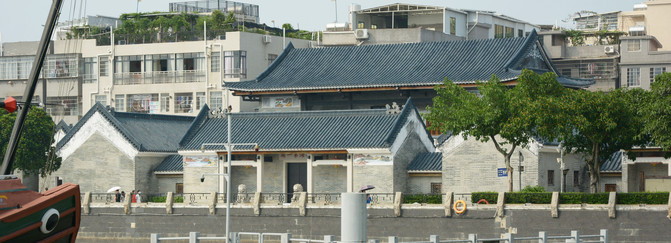

Venue: Ancient Port and Ancient Village, Huangpu, Guangzhou
Time: 2020-9-6
Transportation: Metro Line 4 to Wanshengwei Station, transfer to Bus Tourist Line No. 3 or Bus 229 to the terminal station Huangpu Ancient Port
Route: Ancient Village-Ancient Port,
Key points: This is the only customs and terminal in modern China that conducts foreign trade, but it has a history of foreign exchanges and humanities for thousands of years. It consists of ancient dock sites, ancient villages and commercial streets. Related sites, museums and real scenes can take us through. Trade, as an indispensable behavior of mankind, interprets the past and present lives of the ancient village and the ancient port.
Highlights:
1. Ancient Village Cultural District (Huangpu Village Archway, Beidi Temple, Aunt House, Japan Building)
2. Ancient Commercial Street Ancient Ancestral Hall Street (Han Yan Paper-cutting, Yinqintang, Gu Qiuju, Yidetang)
3. Huangpu Park Area (Huangpu Village Humanities and History Museum, Sanyanjing, Qingyuan Yaxuan, Shangshan Muyun, Roadside Shiduo Store, Ancient Feelings Cabin Postcard Store)
4. Gugang Food District (Nipo Ginger Crushing Milk, Maoji Boat Congee, Shiji Guye, Gugang People)
5. Memorial exhibition area (Gugang Heritage, Guangdong Sea First Pass, Gugang Wharf)
6. The blending of ancient docks and surrounding modern buildings
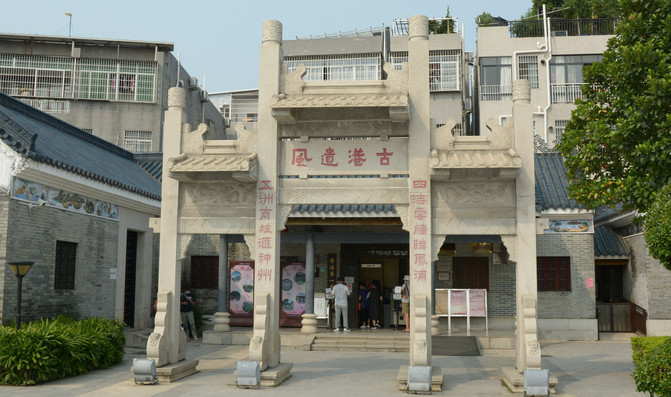

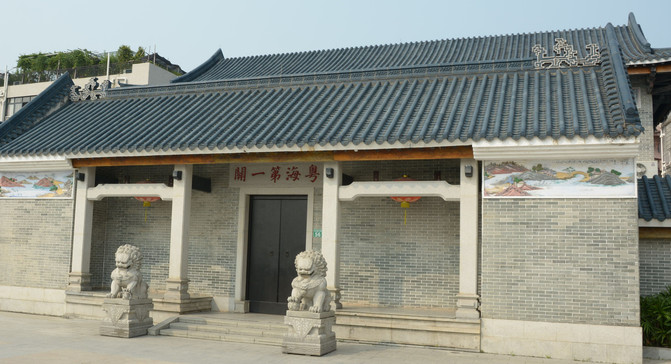
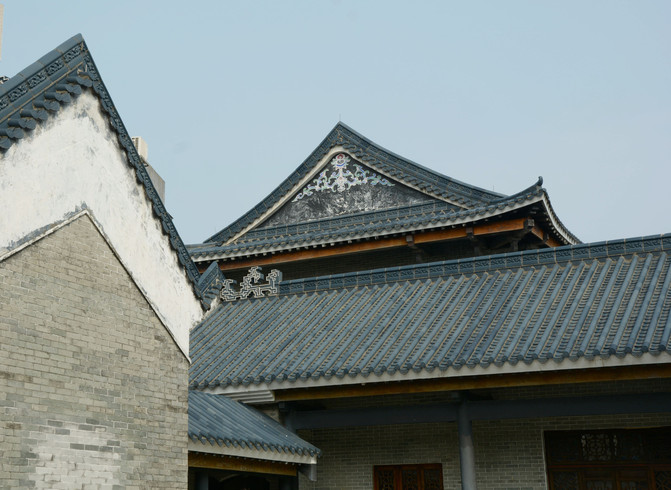
In 1757, the Qing government announced the closure of all foreign trade windows and the implementation of "one-stop trade." All countries 'trade in China had to go through Guangzhou Customs. There were 9 foreign ships coming to Guangzhou in 1757, and the number reached 199 in 1836, marking the peak period of Guangzhou's overseas trade from the 17th to the 19th century, which is what modern Western merchants relish as the "golden era of trade with China." In addition to Sweden's "Gothenburg", Huangpu Ancient Port has also docked foreign merchant ships such as the United States "Queen of China", Russia's "Hope" and "Niva", and Australia's "Hastings".
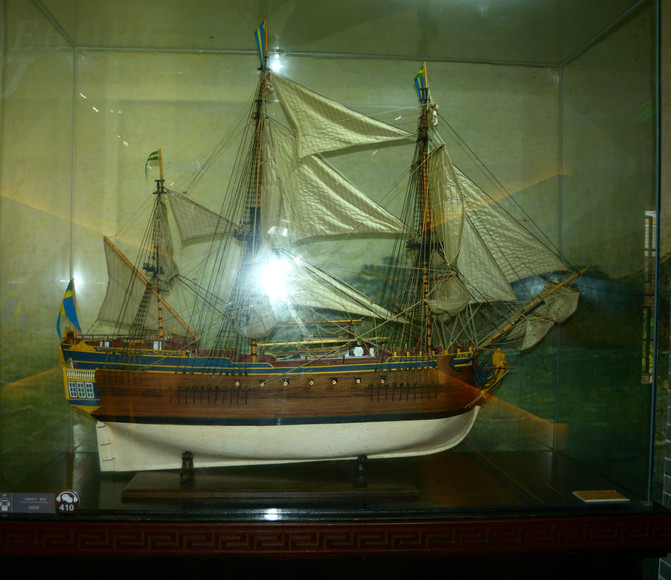
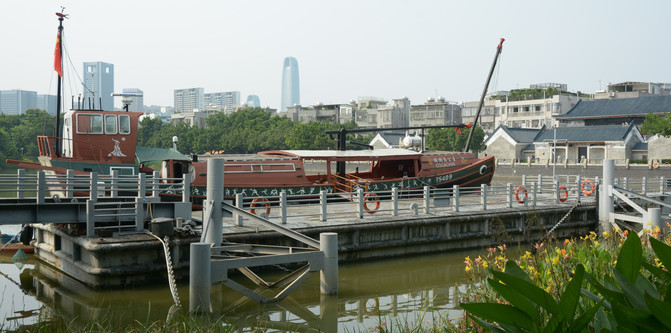
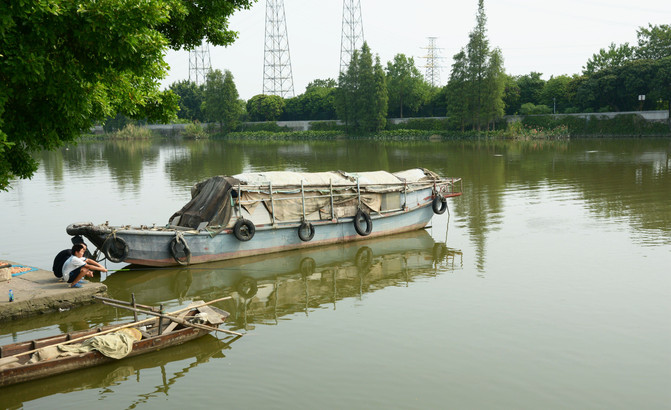
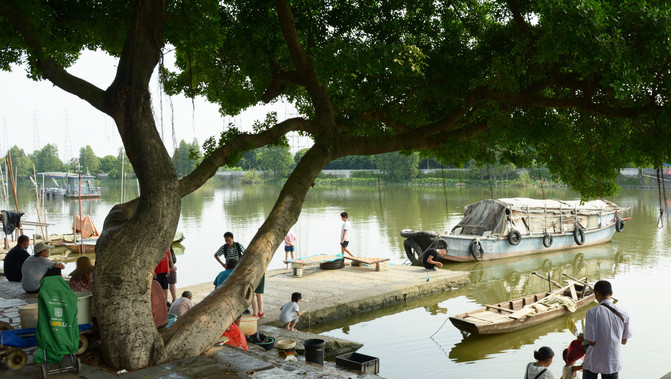
The historical records of Guangzhou's foreign trade can be traced back to the Warring States Period. Since the 230s, it has become the main port of the Maritime Silk Road. During the Tang and Song Dynasties, it has become China's largest port. During the Ming and Qing Dynasties, Guangzhou has become China's only foreign trade port. It is the only port in the history of maritime transportation that has lasted for more than 2000 years. It can be called the "long-lasting eastern birthplace of the Maritime Silk Road." Around 770 AD, more than 4,000 foreign ships came to Guangzhou every year. According to the "Haiguo Tuzhi" records: in 1837, the trade volume of export goods was 35.095 million yuan, the import trade volume was 20.149 million yuan, and the export volume exceeded 14.945 million yuan.

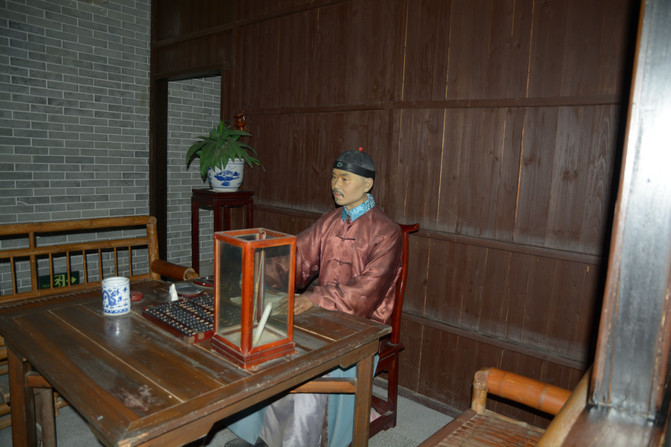
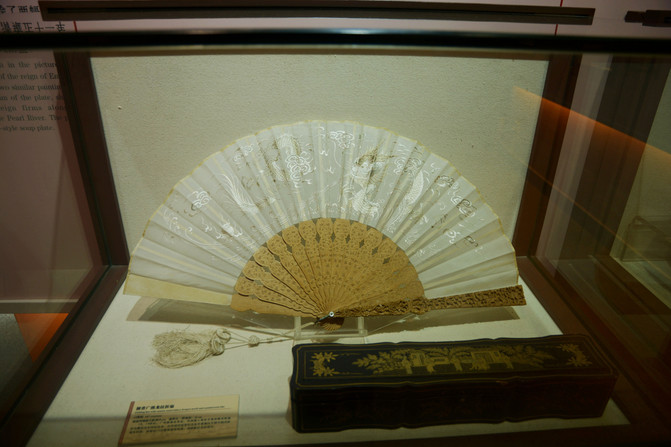
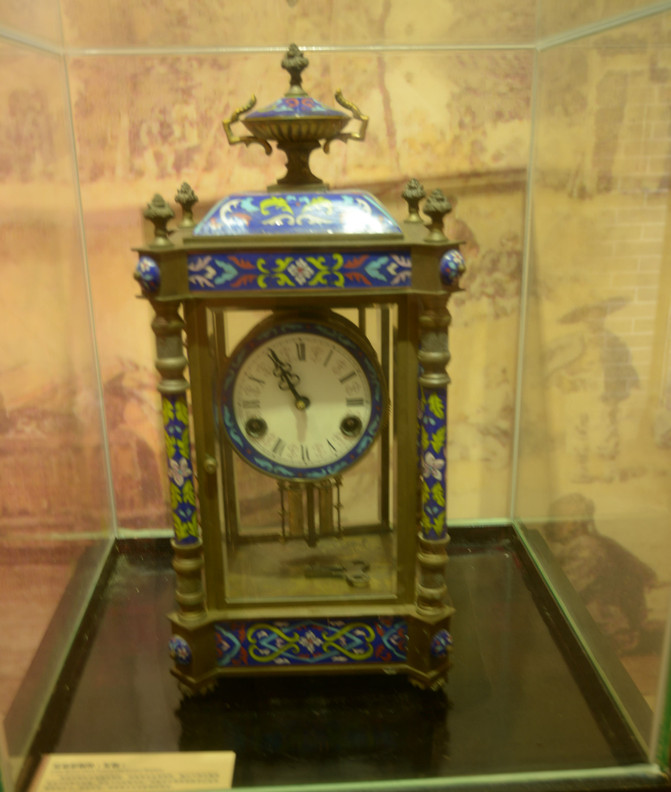
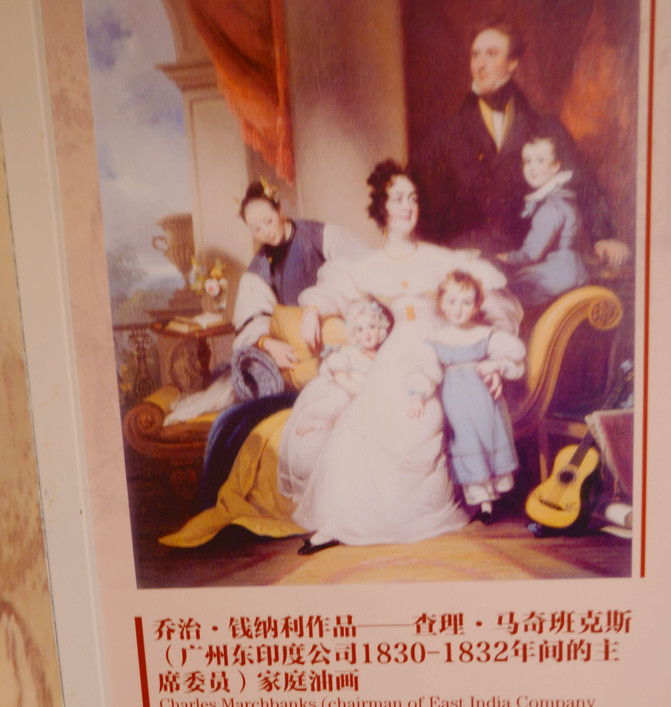
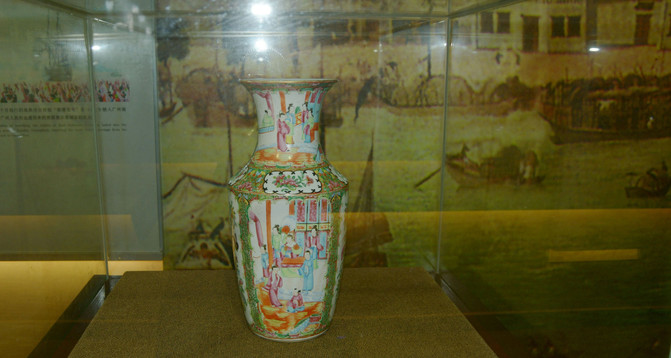
If you want to understand Guangzhou and understand Guangzhou's development and prosperity, whether ancient or modern, the location of Huangpu Ancient Village and Ancient Port is something you must visit. It is located in the east of Guangzhou, at the intersection of the Pearl River estuary and the land. After the reform and opening up of Guangzhou to the east, its northwest is Guangzhou's CBD Pearl River New City. Standing in Gugang and looking into the distance, Guangzhou's tallest buildings are gathered here, and Pazhou Convention and Exhibition Center is next door. Perhaps this is a treasure land of feng shui. For thousands of years, Guangzhou has used this as a starting point and developed the Silk Road for tens of thousands of miles. At that time, ships arrived at the docks and people were placed in special places. Now there are "Fanfang" and "Huaiyuan Posthouse" near Guangta Road. They have built 120 houses for foreigners to live in. Now, Shiboting and Haishan Tower have been built in the area near Beijing South Road and Gaodi Street as places for managing sea ships and banquets for foreign businessmen. The crew entered the islands of Cheung Chau and Sham Tseng on the south side of Gugang. Now there is another place in Sham Tseng Village called Fanguigang, which is a burial site for foreigners who have come to Guangzhou for generations. Goods continue to travel westward along the Pearl River and are placed in the "Thirteen Lines" of the Trade Bank in Liwan District in the city center for trading. The current Canton Fair is held twice a year at the Pazhou Convention and Exhibition Center near the Ancient Port of Huangpu. It has been uninterrupted since 1957.
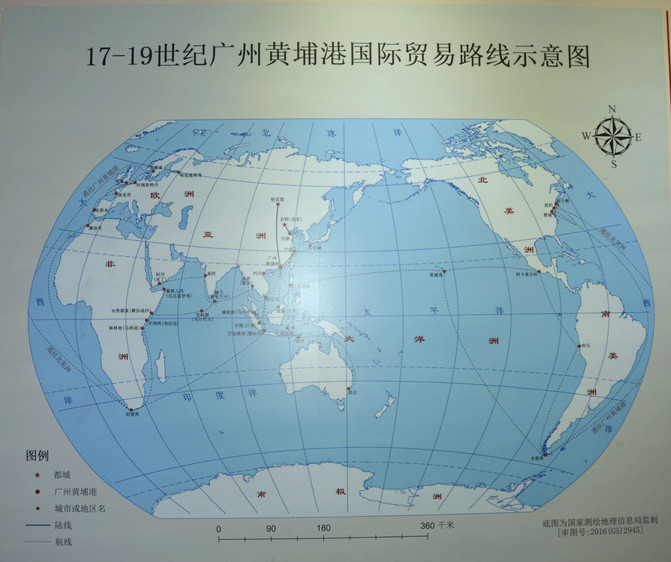
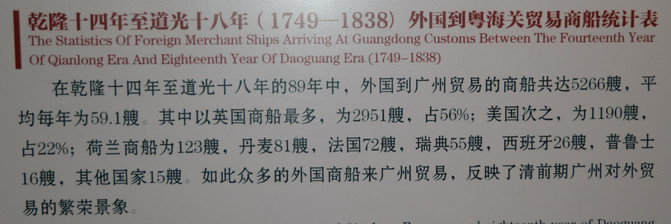
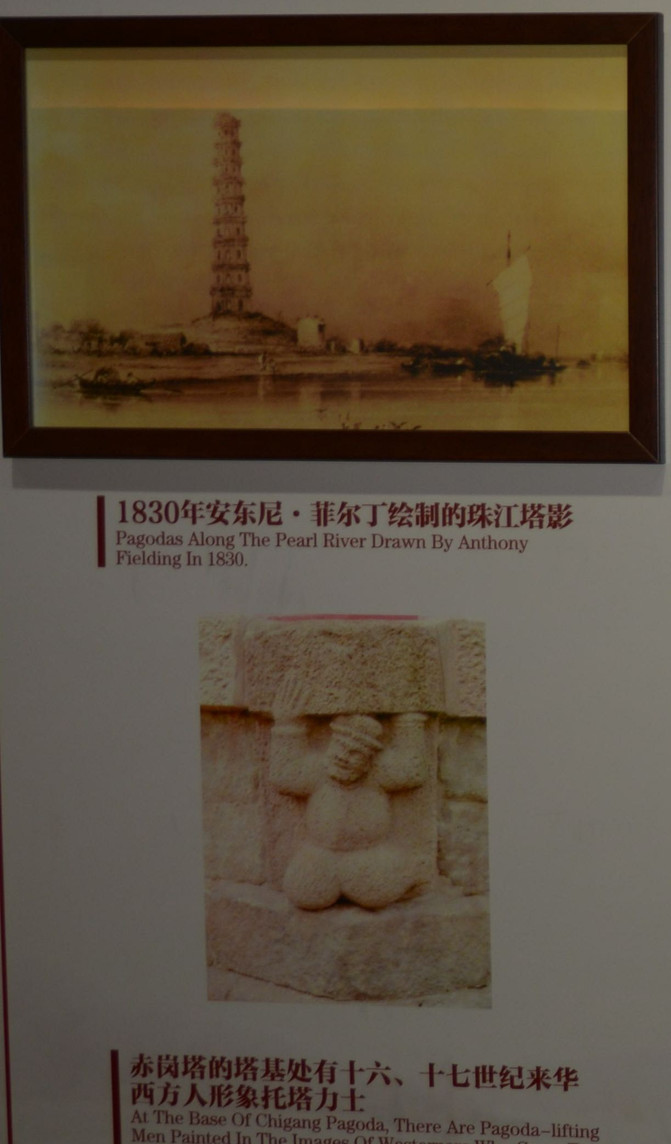

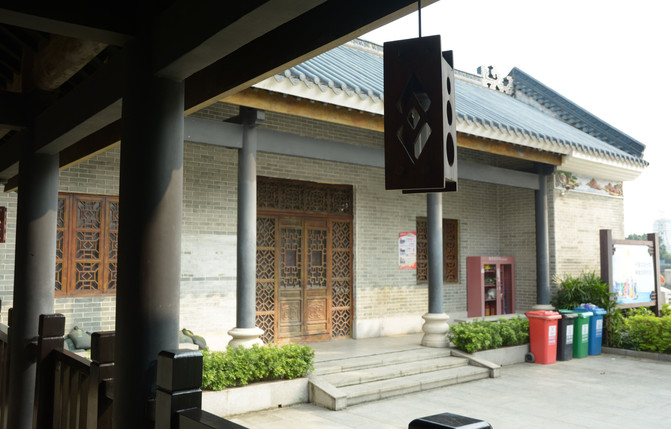
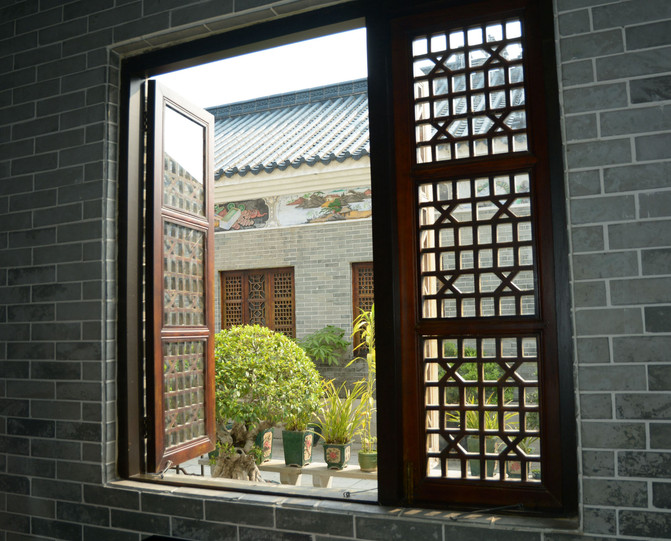
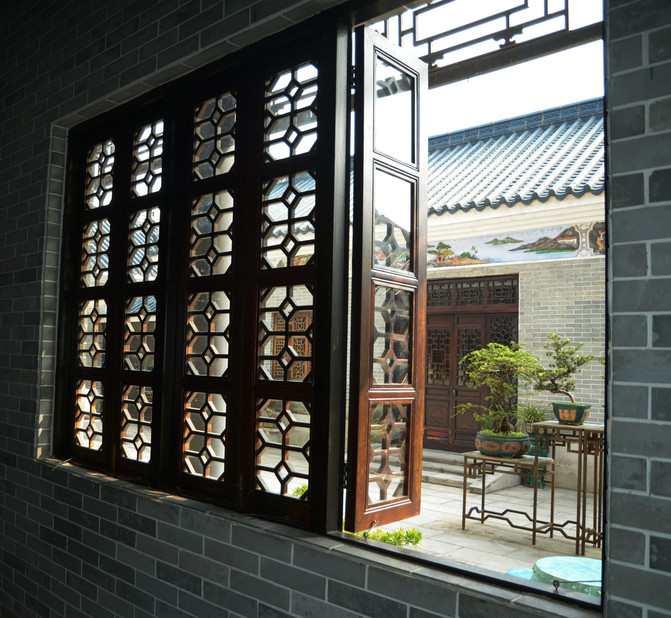
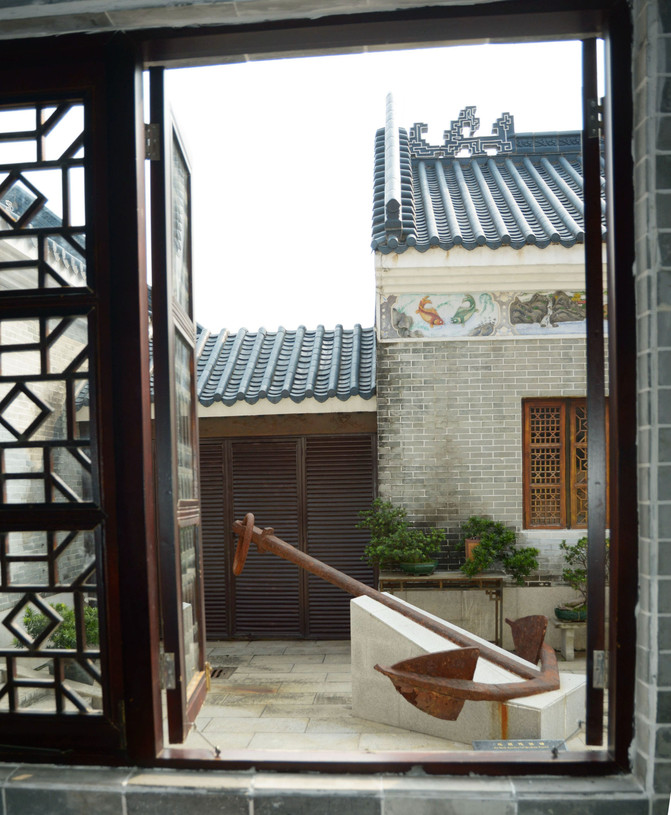
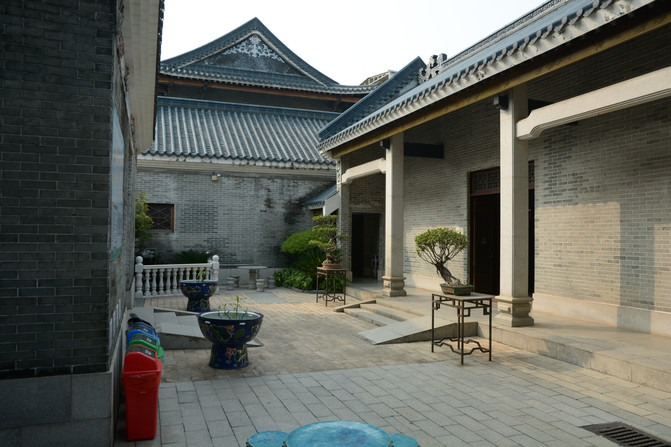

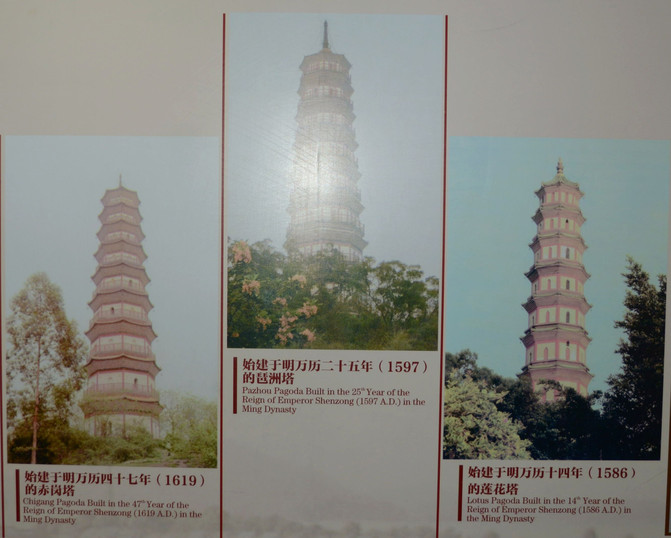
This has never stopped and has a wonderful coincidence with "single-mouthed currency". Throughout the ages, Guangzhou's door has always been open to the world. Does this illustrate Guangzhou's geographical advantages? Or does it show the importance of trade to the country? As time goes by, Guangzhou people have given the world the impression that slippers and shorts make it difficult to distinguish between rich and poor. Perhaps it is the casual nature of seeing things, the open-minded nature of changing things, and the tolerance of accepting people and treating things? The oldest grandma in Gugang Ancient Village, Abo, can speak a few foreign languages and Mandarin. When all people, including tourists, come here, it is like returning to their hometown where they can eat, drink and have fun at will.
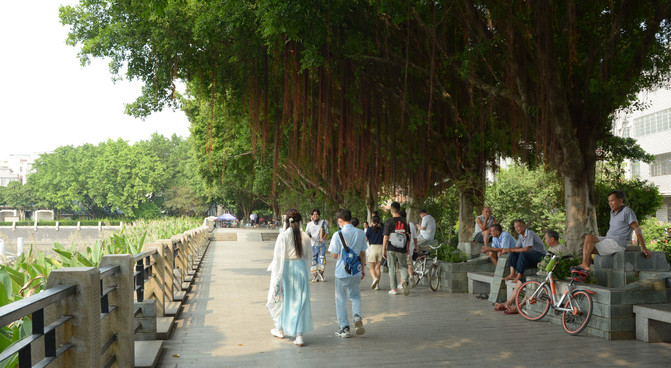

In the afternoon, when you come out of Gugang, there is a long food street, which is just a good place to rest. I remember that someone introduced boat porridge in the guide, but this time is not the time for dinner. It is a good choice to have some afternoon tea. It happened to be next to it. There is a place called a dairy shop. We walked in, found a round table and sat down. No one came to order, so we had to go to the front desk ourselves, order it first, wait for the call, and take it ourselves. It's a good self-service store. Soon, we were called. The red bean double skin milk was served first. A layer of red beans was spread on the double skin milk. I scooped a scoop with a spoon. The soft red beans melted immediately in the mouth and had the right sweetness. The base of the double skin milk was white. It is made of milk and egg white. It has a little yellow color in it, which looks like fresh milk. The consistency is also appropriate. It matches the red beans on top, without any sense of disobedience. It is finished in a few clicks. Just in time, the milkmaker brought a cup of hot milk and rushed it out into the small cup containing ginger juice. After waiting for a few minutes, the ginger milk solidified from the liquid into a paste. This is ginger milk. The spicy smell of the ginger rushed to the smell, waking up the forehead. The delicious taste of the milk hit the taste buds. Suddenly, the color, aroma, eyes, nose, throat and brain were all mobilized. A little excited and the taste was very positive. No wonder many people recommended it. There are all Guangdong snacks here. We also ordered a mugwort leaf rice dumpling. It is glutinous rice flour wrapped in a mixture of various ingredients, and the mugwort leaf is tied on the outside. Unexpectedly, this snack has neither reduced work nor lost ingredients. The filling inside is a little salty, which is the flavor of Cantonese dim sum. It is light, which arouses the taste of diners and cannot be forgotten.
Total: 29 yuan
Rating: 5 stars
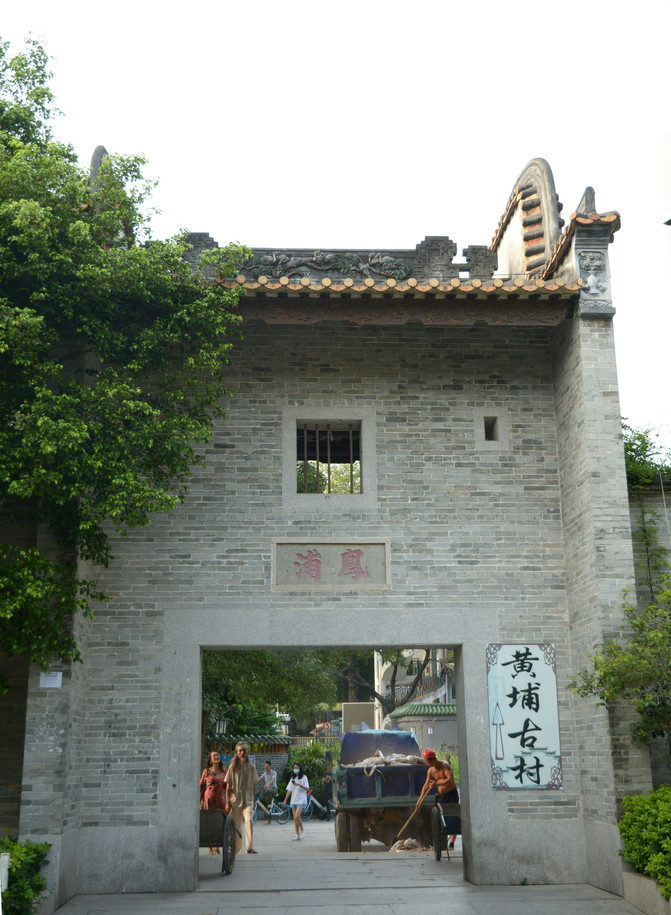

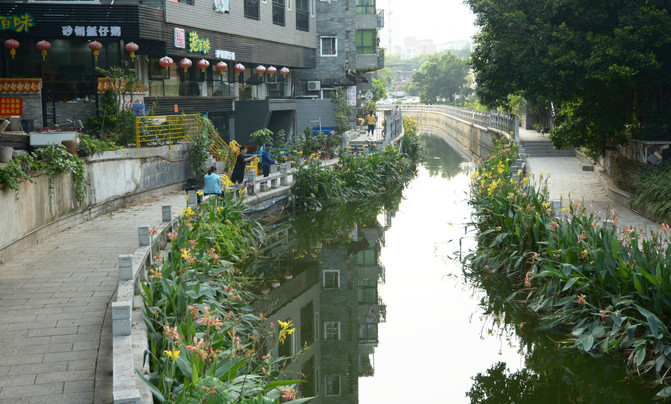
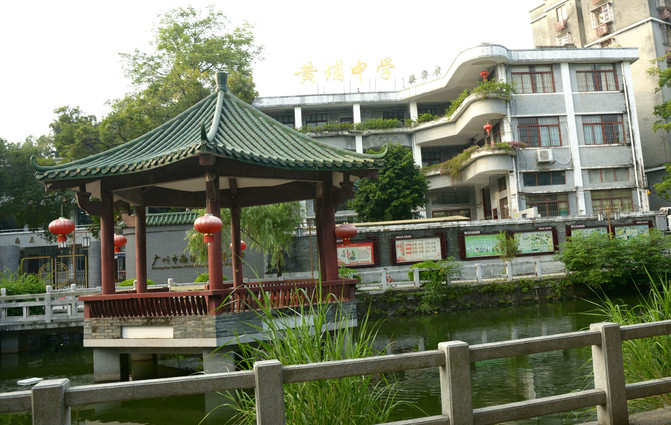

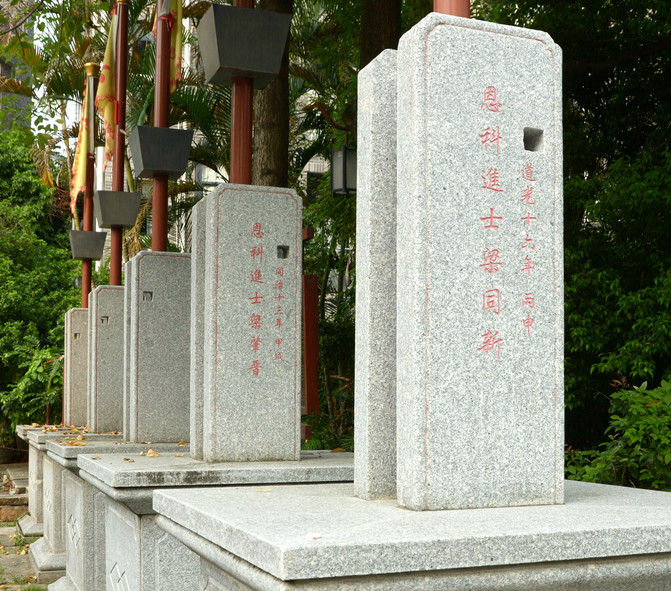
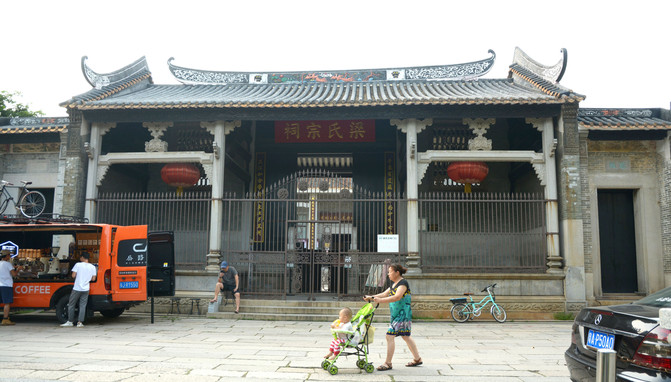
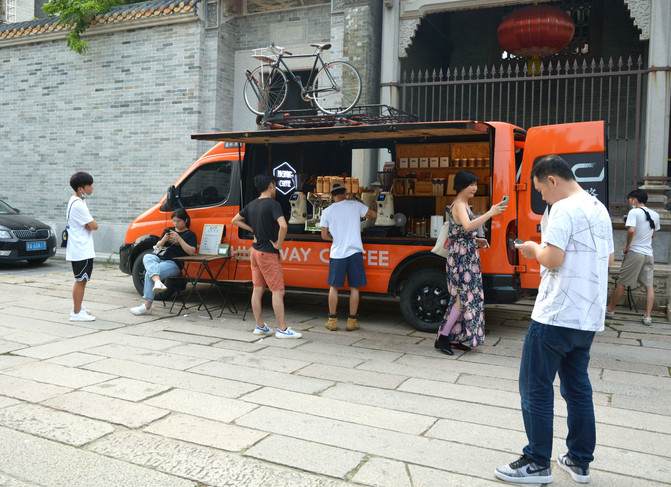
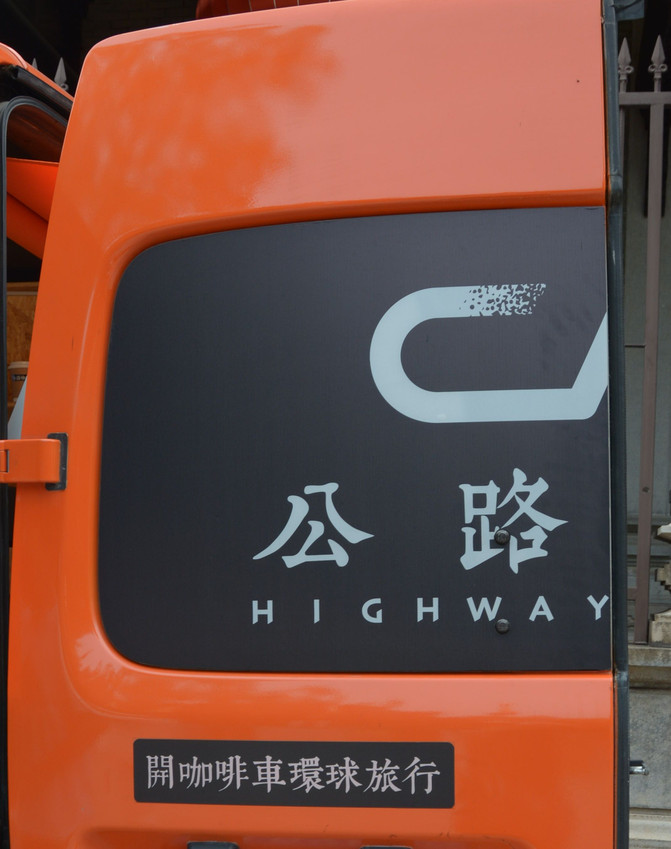
After eating and drinking, I went to Huangpu Ancient Village and found that the sun was setting and the museum built in the Liang Ancestral Temple was closed. It should be to see the ancient village first and then the ancient port under the sunset. It circled the village hastily, with ancient streets, ancient ancestral halls and temples, as well as patches of wok ear roofs, as well as the broad plantains in the garden, flaming flowers, and groups of children making noise on the stage. It seemed to travel through China's modern world. The only foreign trade, Guangzhou Customs, its lively and prosperous, is engraved in this brick, tile, flower and grass. It is well managed and integrates modern and ancient times. It still looks like an ancient village, with tall and wide courtyards, There are small buildings with small courtyards on the second and third floors, and rows of houses. There are rare simple and barren single and low houses. As a foreign trade port that has been inherited for two thousand years, I believe that the villagers here will not give up this unique opportunity, right? No, as soon as you step into the archway here, it is a commercial street hundreds of meters long, and the streets connecting the village and the port are also lined with shops one after another.
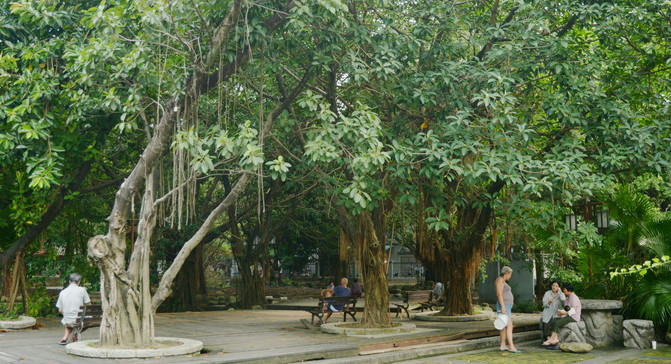



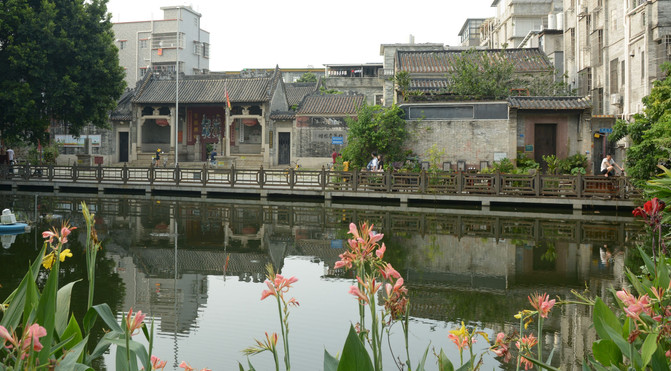
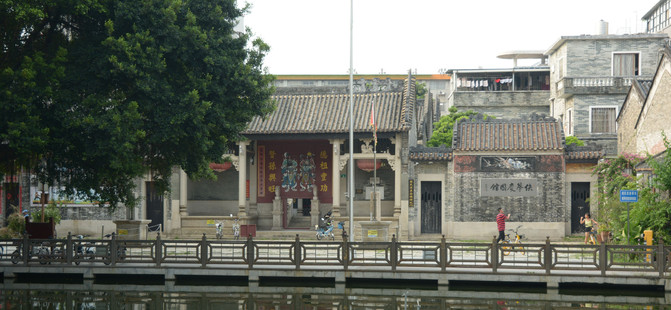
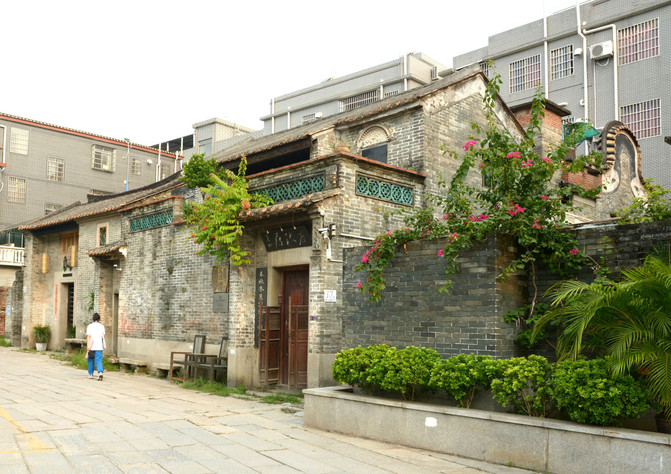
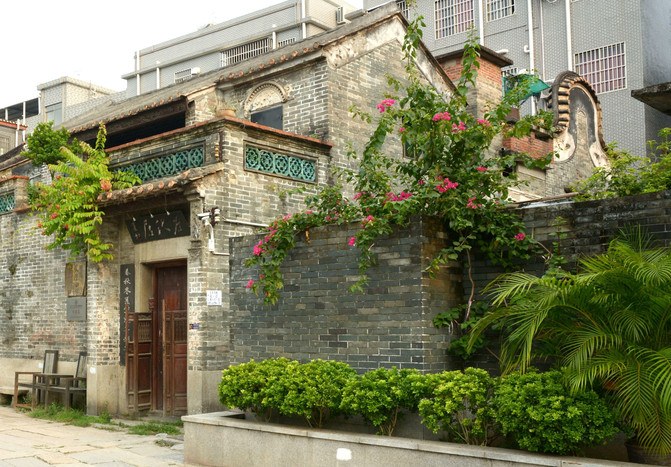
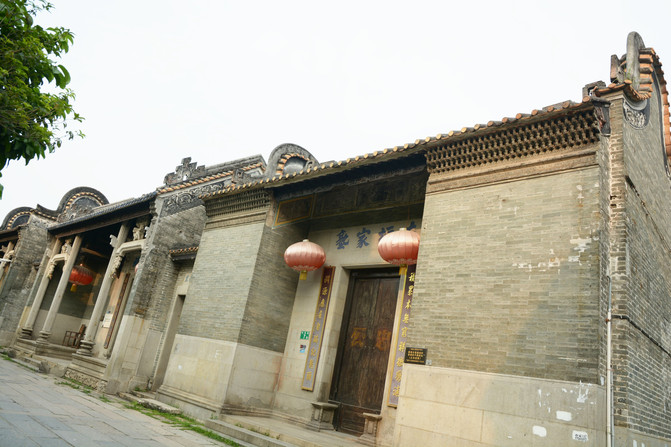
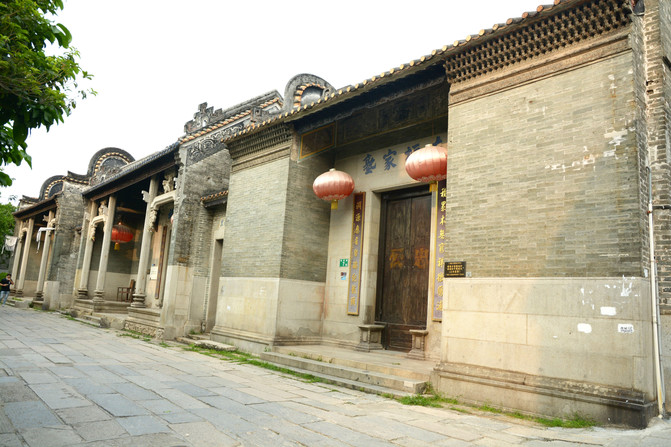
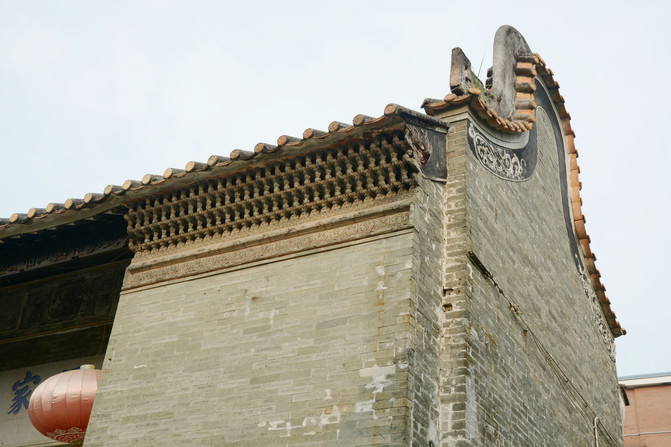
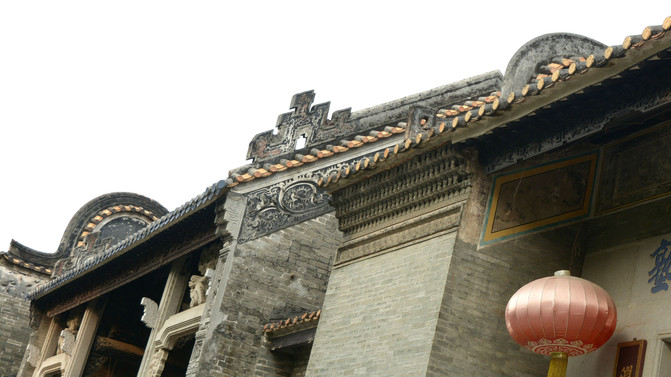
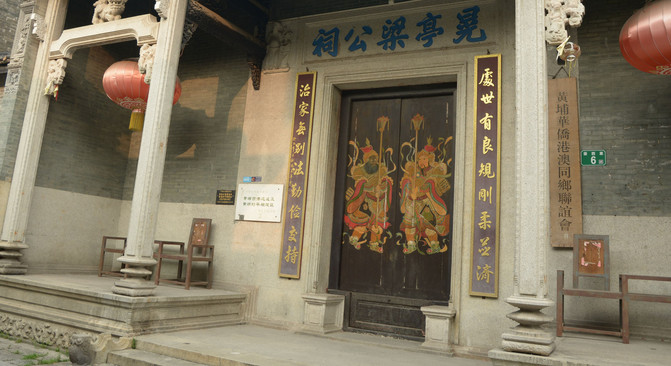
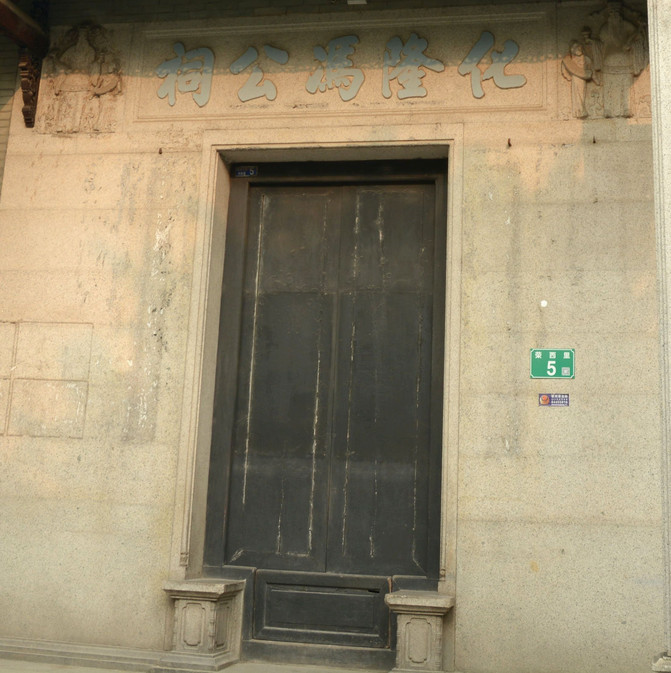

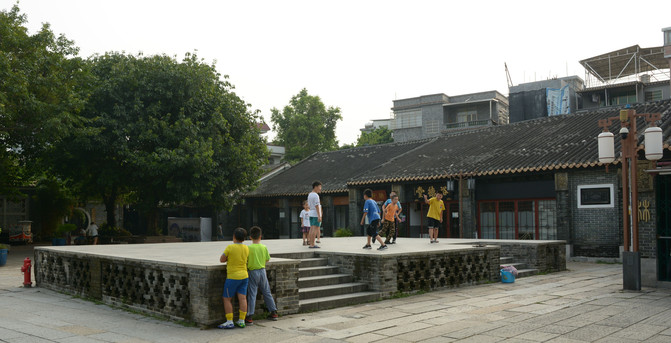
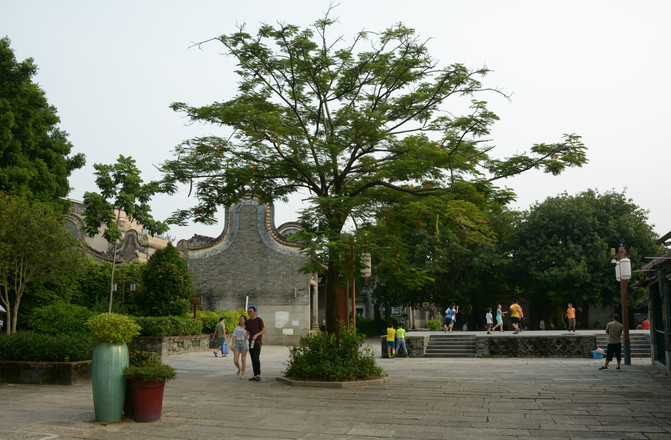
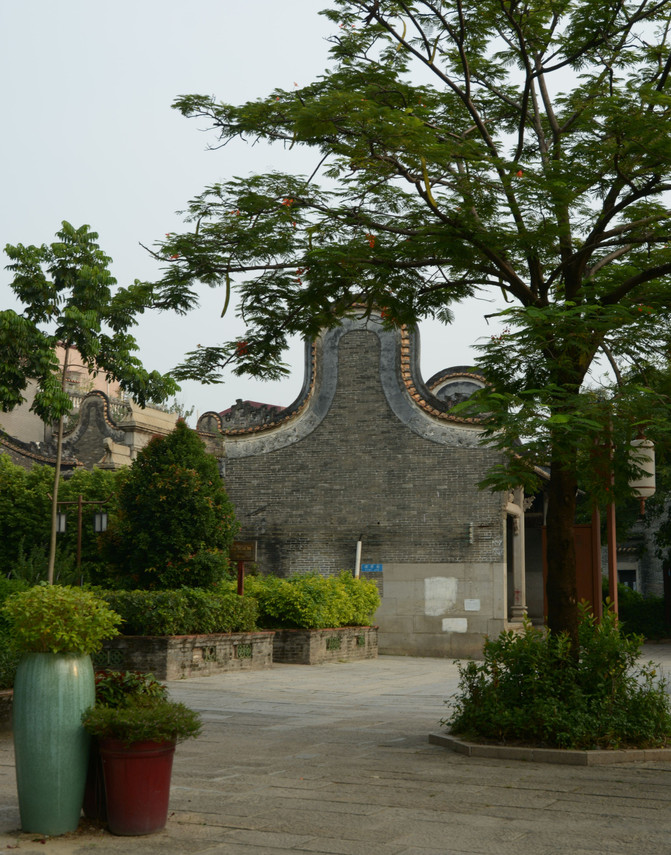
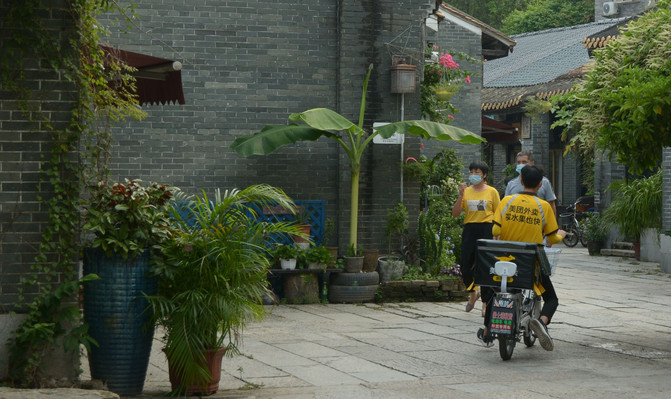
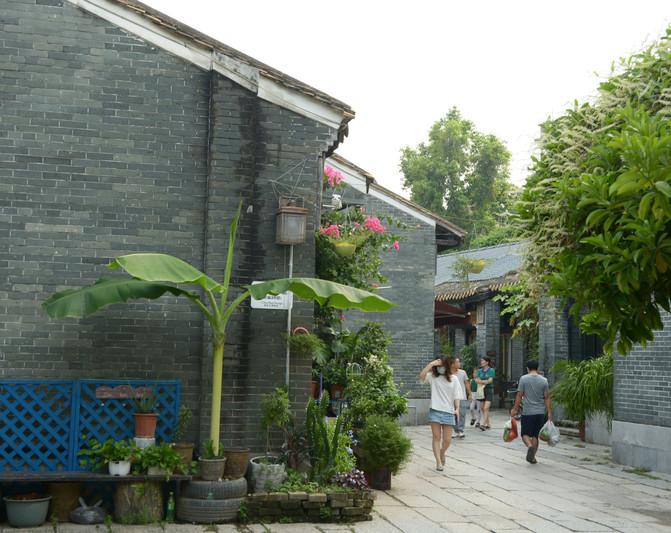

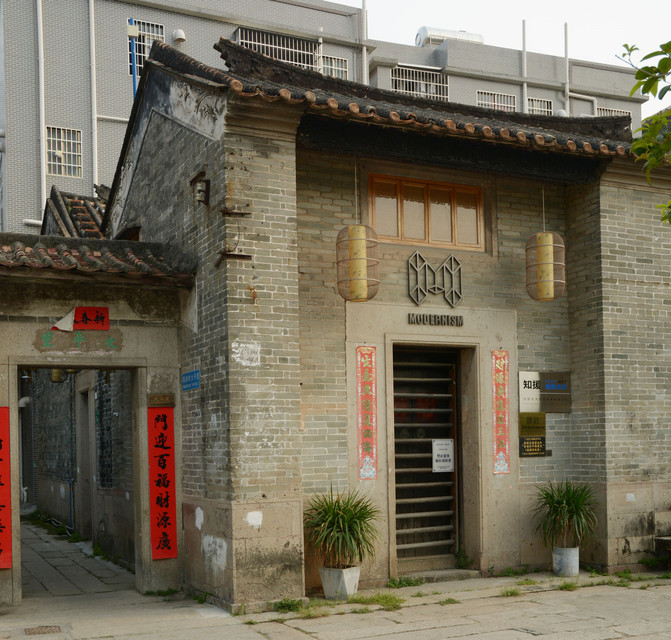
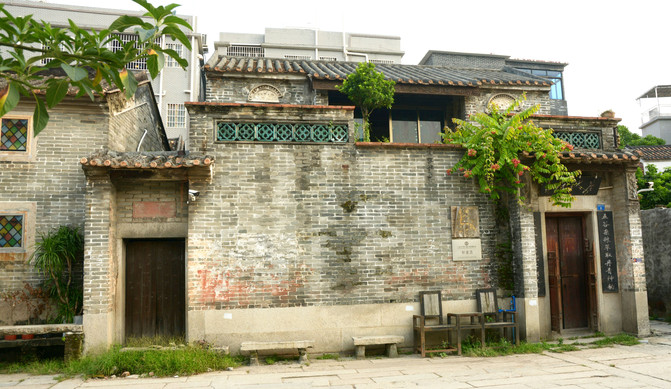
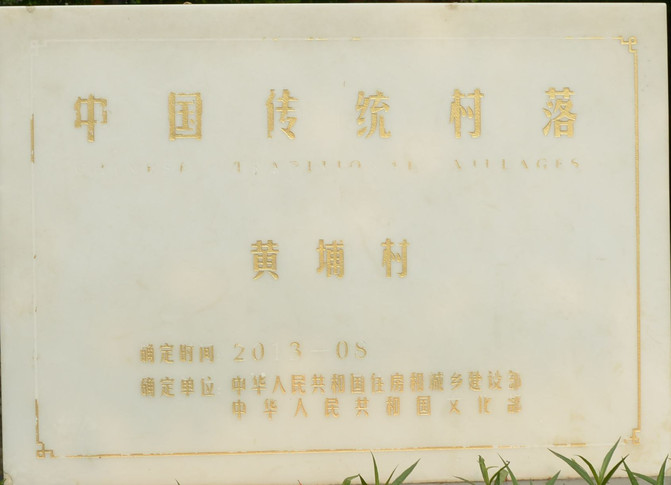

We searched for a long time, but couldn't find the legendary roast chicken. Finally, when we were about to leave the archway, we saw a roast meat stall. It turned out to be a takeout from Pinsheng Hotel. There were geese, ducks, and chickens. It was not roast chicken. It was called Guyou Chicken. I bought half of it for 39 yuan. I packed it home before dinner time. After taking the first bite, there was no taste. When chewing it carefully, the taste came out. The fragrant thing was the original flavor of the chicken. I hadn't eaten such an authentic chicken for a long time. It should be a genuine wild pheasant. It was firm, delicate, and with a slight bean drum juice on the tip of the tongue, prying the meat into strands. The strands of meat surged in the mouth, which was a little expensive, but worth it.
Rating: 5 stars
Previous Article:Guifeng Village, Conghua: Plum flowers bloom in full bloom, creating a "snowfield" in Guangdong
Next Article:See Guangzhou again--Runaway Yuexiu Park
